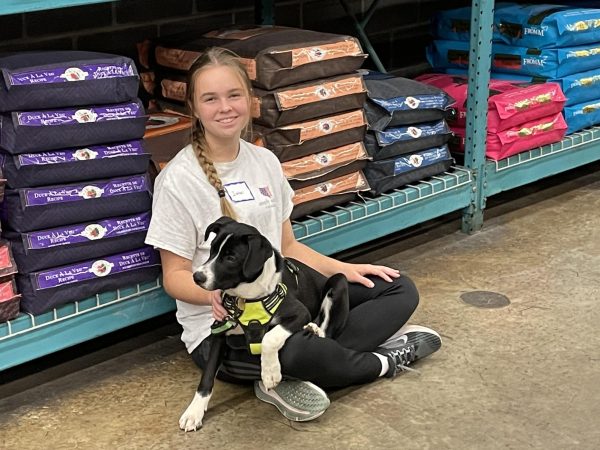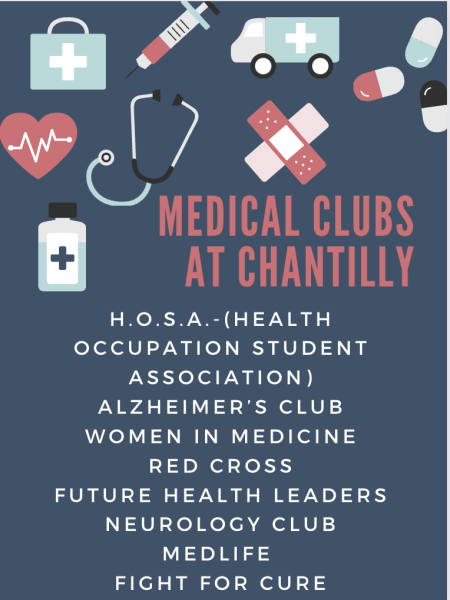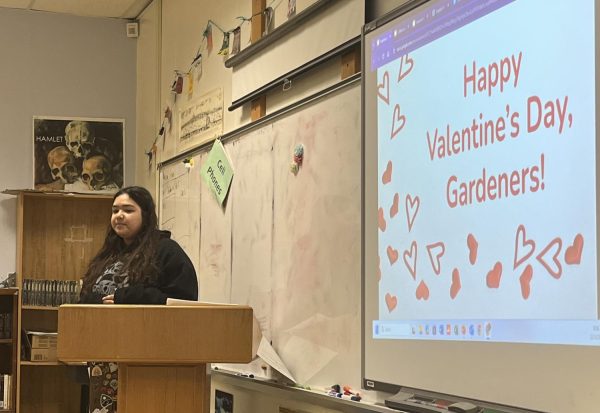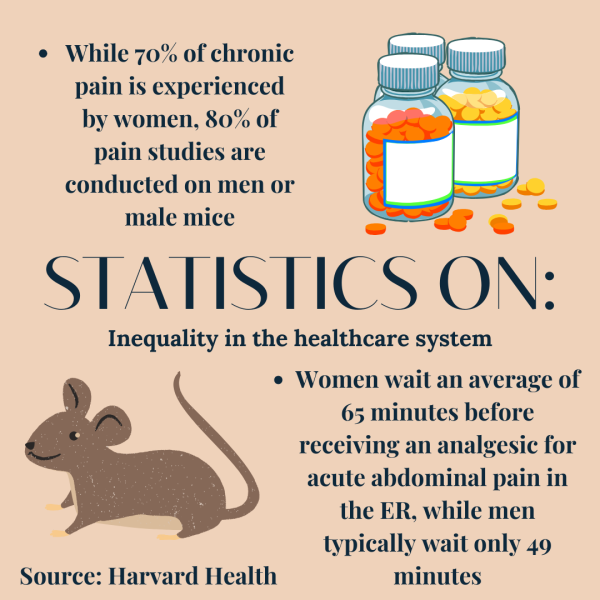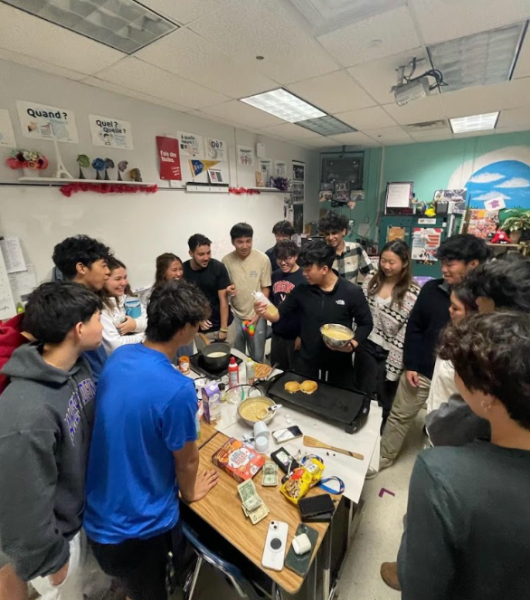Chantilly welcomes its first Black Student Association
Club president Ruby Carter-Ogden introduces the schedule at a recent BSA meeting. The club will be participating in numerous events this year.
November 14, 2019
Across the country, there are various programs found at high schools and colleges that have become a safe space for black students and students of color on campus. One program in particular is the Black/African Student Association (BSA). Despite the abundant diversity at Chantilly, the school’s first BSA was established at the end of the previous school year.
“My friends in other schools always told me how exciting their BSAs and African Student Associations were, so one day I talked to [my friend] Ruby about why we don’t have one,” BSA vice president Abena Asiamah said. “Then it dawned on me that we could make our own in Chantilly, so Ruby took the initiative to find a teacher to help establish the club in our school.”
Senior Ruby Carter-Ogden is the founder of Chantilly’s first BSA with the help of her friends and Spanish teacher Raffnee Ehivue, the club’s faculty sponsor. The organization is friendly to students of any culture, and operates with the goal of making sure all students have a safe place to celebrate all cultures.
“This club is special to me because it provides a safe haven for students of color at Chantilly. Black Student Association is a place that all students can come together and celebrate black culture,” Ehivue said. “Most importantly, black and African descent students can celebrate their own blackness.”
Since BSA is open to everyone, there are no special requirements to join.
“People can expect to be surrounded by a diverse group of understanding and welcoming students eager to promote black awesomeness,” BSA president Carter-Ogden said. “[Students] can join by going to Mrs. Ehivue’s room in 289 for more information, or talking to me or other members about upcoming meeting dates.”
With the rise of hate crimes and discriminatory violence toward people of color, it can be difficult to feel safe in your own community. Thankfully, clubs and organizations such as this can bring comfort to students who simply need an enjoyable space to interact with others who are enduring similar struggles.
“Currently, the racial climate in our country has made it popular to treat any person of color unfairly. Even people in high positions of power can openly discriminate against an ethnic group,” Ehivue said. “These actions have made it very uncomfortable for people of color to function on a daily basis. The anxiety of walking down the street at night or being stopped by the police has grown tremendously for people of color.”
When students feel isolated on top of dealing with tumultuous emotions and fair amounts of stress, finding others to relate to provides a blanket of security.
“Our school’s population of black students is relatively small, and I wanted to find a way to make sure that none felt isolation among the students here, and could see other students like themselves,” Carter-Ogden said. “I also wanted to create a place where students of color and their allies could meet in a positive environment and focus on spreading awareness to the student body.”



